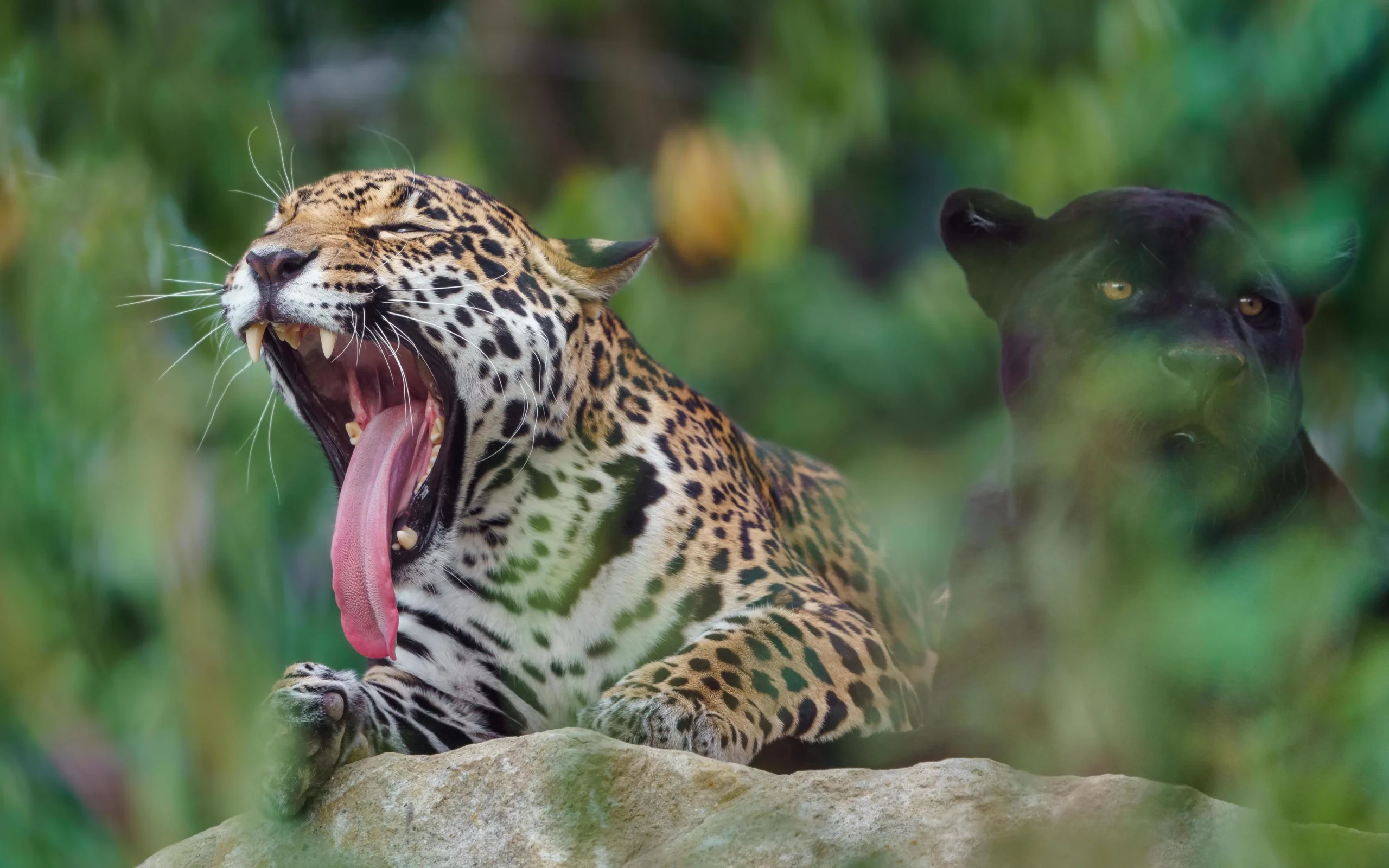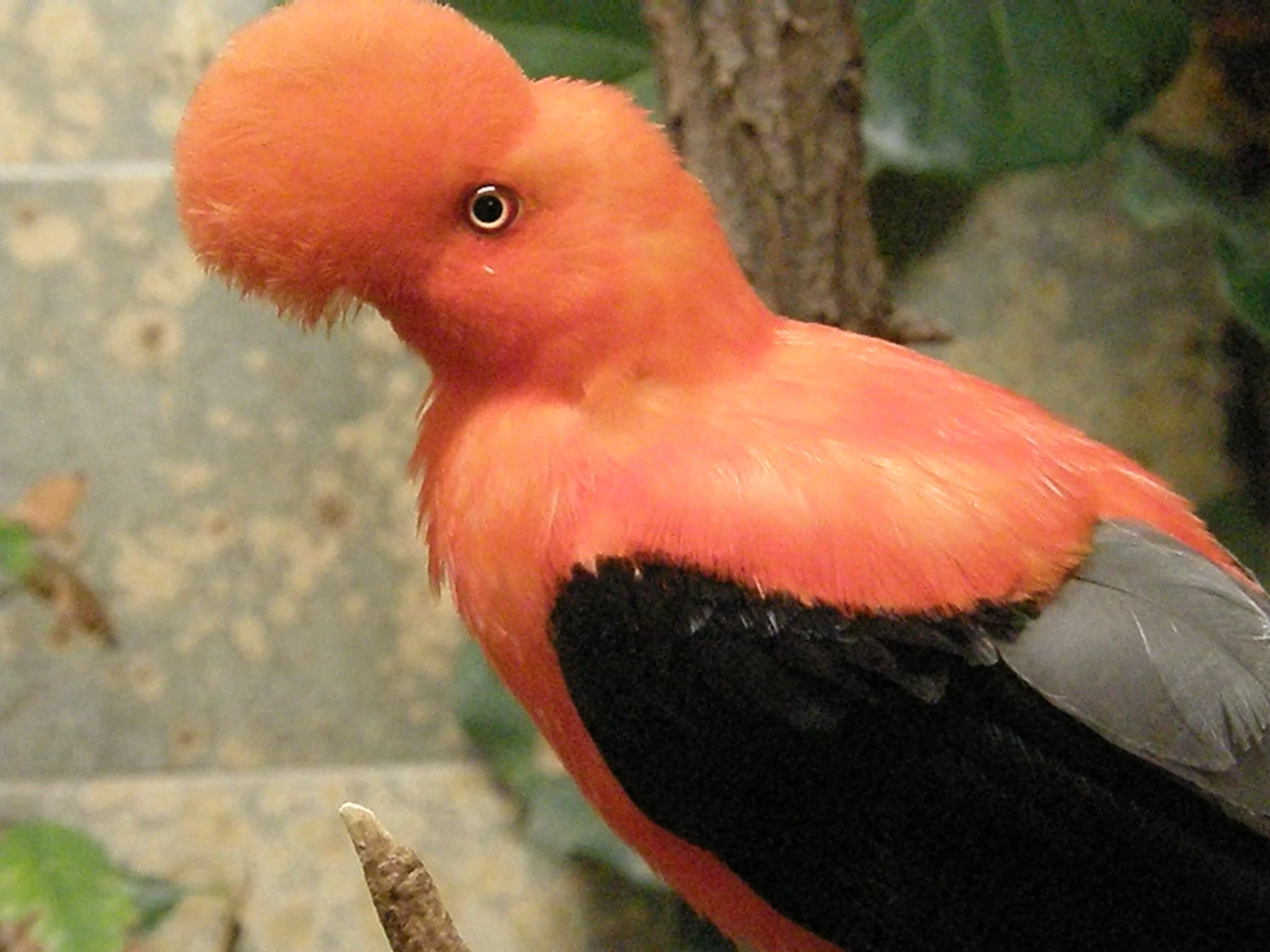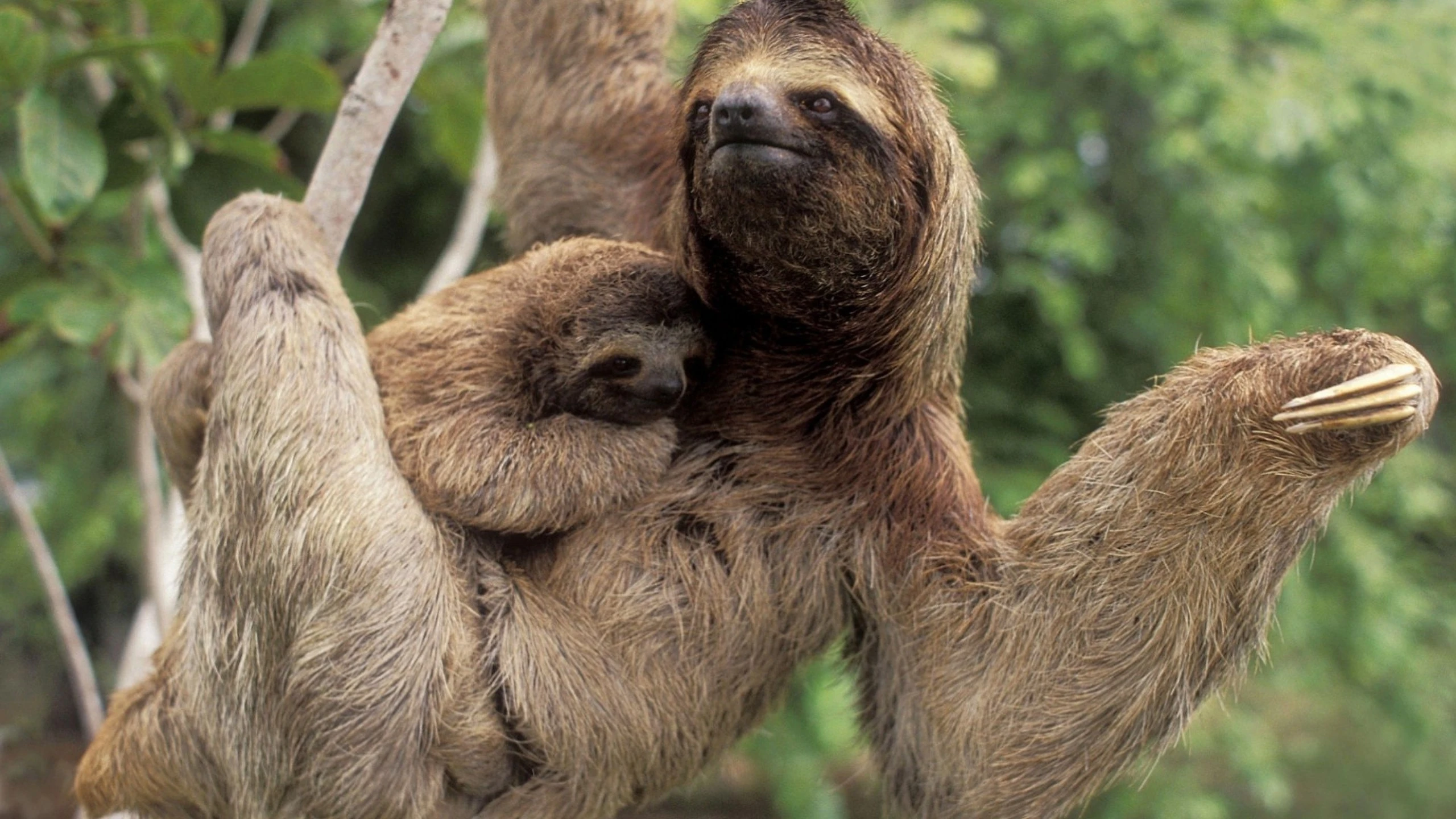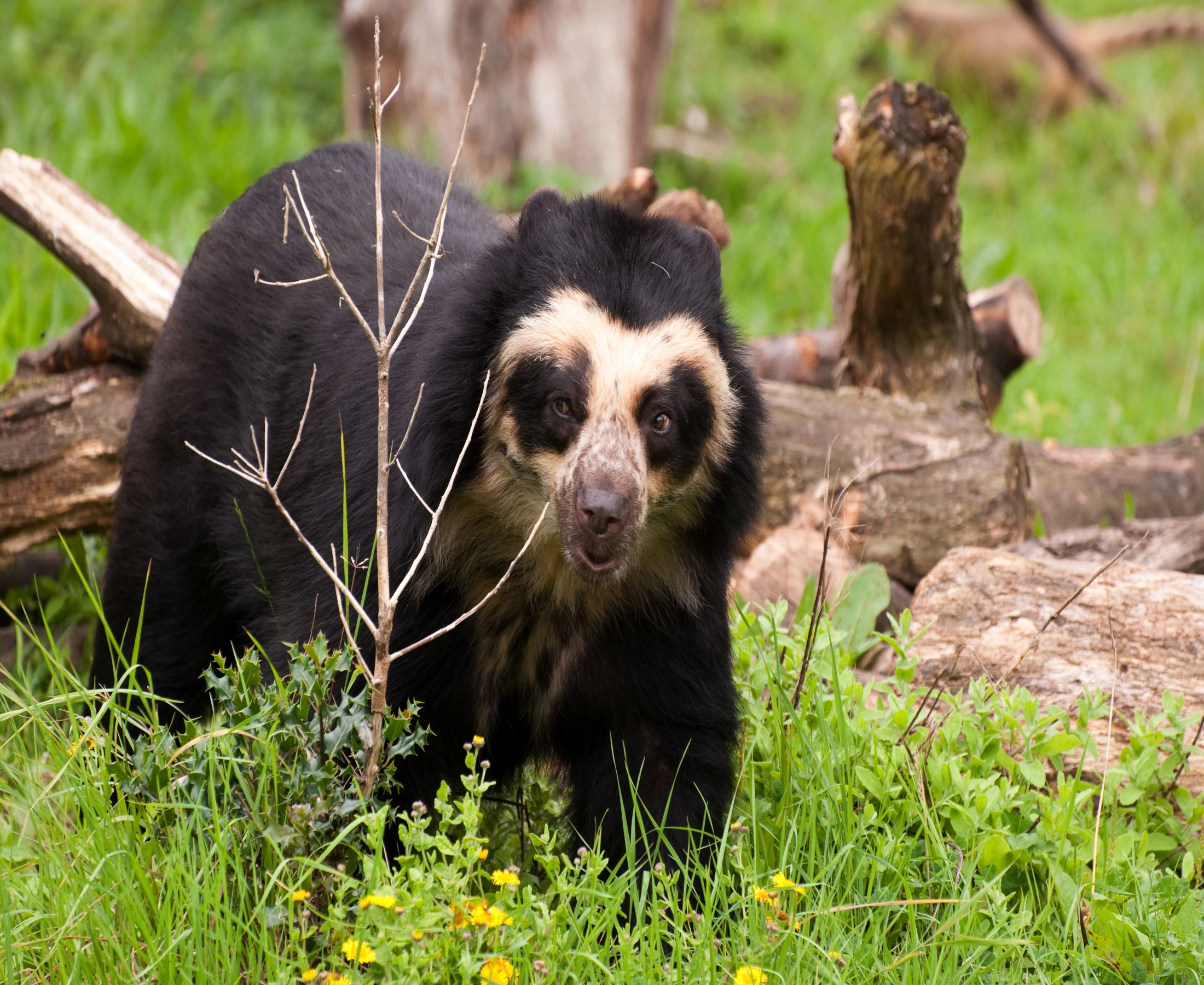The Majestic Jaguar
Jaguars are the largest cats in the Americas and are known for their powerful build and striking spotted coats. These magnificent predators are adept swimmers, often found near rivers and wetlands in the Amazon Rainforest. Spotting a jaguar in the wild is a rare and thrilling experience, as they are elusive and primarily nocturnal.
Jaguars are solitary creatures, preferring dense forests where they can easily camouflage and ambush their prey. Their habitats are typically near water bodies, where they hunt a variety of animals, including fish, reptiles, and mammals. The jaguar’s ability to adapt to different environments within the Amazon is a testament to their resilience and resourcefulness.
Despite their adaptability, jaguars face significant threats from habitat loss and poaching. Conservation efforts are crucial to protect these majestic creatures and their habitats. Organizations are working tirelessly to create protected areas and corridors that connect fragmented habitats, ensuring jaguars can roam freely and safely.

Description and Habitat
If you’re hoping to catch a glimpse of a jaguar, consider visiting the Pantanal region, the world’s largest tropical wetland, which overlaps with parts of the Amazon. Guided tours and safaris can increase your chances of seeing these big cats in their natural habitat. The Pantanal offers a unique opportunity to observe jaguars in action, especially during the dry season when water scarcity brings wildlife to the riverbanks.
Social Giants: The Giant Otter
Giant river otters are social animals that live in family groups along the Amazon’s waterways. These sleek swimmers can reach up to six feet in length and are known for their loud, distinctive calls. Watching a family of giant otters hunting and playing together is a captivating sight.
Hunting and Communication
Giant otters exhibit fascinating social behaviors, living in close-knit family groups that hunt and communicate together. Their vocalizations range from whistles to growls, each serving a specific purpose, from warning of danger to coordinating group activities. This social structure is vital for their survival, as it helps protect against predators and ensures efficient hunting.
Despite their playful nature, giant otters are classified as endangered due to habitat destruction and hunting. Amazon conservation efforts focus on protecting their habitats and raising awareness of their plight. Initiatives include establishing protected areas and engaging local communities in conservation activities to promote coexistence and sustainable practices.
For the best chance to observe giant otters, plan your visit during the dry season, from June to November, when water levels are lower, and animals are more concentrated around the rivers. This period provides optimal conditions for wildlife encounters, as the receding waters reveal otter dens and feeding grounds.
The Colorful Cock of the Rock
The cock of the rock is a bird famous for its bright orange plumage and unique fan-shaped crest. These birds are known for their elaborate mating rituals, which involve males displaying their feathers and performing dances to attract females.
The cock of the rock’s courtship display is a dazzling spectacle, with males gathering in lekking sites to showcase their vibrant plumage and dance routines. These displays are not just about attracting females but also establishing dominance among rival males. Observing this ritual is a highlight for birdwatching in Manu.

Habitat and Distribution
These birds thrive in the cloud forests of the Andean foothills, where the dense vegetation provides ample cover and food sources. Their bright plumage, though conspicuous, is perfectly suited for their misty habitat, where it blends surprisingly well with the forest’s vibrant foliage.
To witness these birds in action, head to the cloud forests of the Andean foothills, where they are commonly found. Early morning is the best time to observe their vibrant courtship displays, as the forest comes alive with their energetic performances and echoing calls.
The Powerful Harpy Eagle
The harpy eagle is one of the largest and most powerful birds of prey in the world. With a wingspan of up to seven feet, this majestic bird can be spotted soaring high above the Amazon canopy in search of food. Its distinctive gray and white plumage and fierce talons make it a truly awe-inspiring sight.
Harpy eagles are apex predators, preying on a variety of animals such as monkeys, sloths, and birds. Their powerful talons, capable of exerting immense force, allow them to snatch prey from the treetops with precision. This hunting prowess is crucial for maintaining the balance of the rainforest ecosystem.
Threats to Survival and Conservation Efforts
Despite their dominance, harpy eagles are vulnerable due to deforestation and habitat fragmentation. Conservation efforts aim to protect their nesting sites and educate communities about their ecological importance. Supporting these initiatives is key to ensuring the survival of these remarkable birds.
Harpy eagles are often seen in the rainforests of Brazil and Peru. Joining a guided bird-watching tour can enhance your chances of observing these incredible predators in the wild. These tours offer valuable insights into the eagles’ behaviors and the broader ecosystem they inhabit.
The Mysterious Sloth
Sloths are synonymous with the Amazon, known for their slow movements and laid-back lifestyle. These endearing creatures spend most of their lives hanging upside down in trees, feeding on leaves and sleeping for up to 20 hours a day.
Sloths have evolved unique adaptations for their arboreal lifestyle, including a slow metabolism and specialized limbs for climbing. Their slow movement helps them conserve energy and avoid detection by predators. This lifestyle is a remarkable example of evolution’s ability to craft creatures perfectly suited to their environment.

Conservation Status and Efforts
Sloths face threats from habitat destruction and illegal pet trade. Conservation efforts focus on habitat preservation and rehabilitation programs for rescued animals. Raising awareness of their plight is essential for ensuring their continued survival in the wild.
The Amazon basin is home to both two-toed and three-toed sloths. They are commonly found in the dense forests of Peru and Ecuador. Keep an eye on the treetops during your journey, as sloths can be surprisingly well-camouflaged, blending seamlessly with the forest canopy.
Though not as commonly associated with the Amazon, the spectacled bear is another rare gem found in the cloud forests of the Andes, which intersect with the Amazon. Known for their unique facial markings that resemble glasses, these bears are shy and elusive, making sightings a special treat.
The Elusive Spectacled Bear
Spectacled bears are the only bear species native to South America, and their distinctive facial markings make them easily recognizable. These markings are unique to each individual, much like fingerprints, and play a role in identification and social interactions.
These bears inhabit a variety of environments, from lowland rainforests to high-altitude paramo. Their diet is primarily herbivorous, consisting of fruits, vegetables, and occasionally small mammals. This varied diet allows them to adapt to different habitats and seasonal changes in food availability.
Responsible Wildlife Viewing Practices
To increase your chances of seeing spectacled bears, visit national parks such as Ecuador’s Podocarpus or Peru’s Manu National Park during the dry season when they are more active. These parks offer guided tours that provide insights into the bears’ behaviors and the conservation efforts underway to protect them.
Before embarking on your journey to discover these rare Amazon animals, here are some tips to ensure a smooth and rewarding experience:
Essential Packing List for Travelers

Selecting a knowledgeable guide or tour operator is crucial. Look for companies that prioritize wildlife conservation and offer experienced naturalists who can provide insights into the behaviors and habitats of these incredible animals. A well-planned tour can make the difference between a good trip and an unforgettable adventure.
Bring lightweight, breathable clothing, a good pair of binoculars, and a camera with a powerful zoom lens to capture the beauty of the Amazon’s wildlife. Don’t forget insect repellent and sunscreen to protect yourself from the elements. Packing essential ensures you’re prepared for the unpredictable rainforest climate.
Remember to observe all animals from a safe and respectful distance. Avoid disturbing their natural behaviors and habitats, and always follow your guide’s instructions to ensure both your safety and the well-being of the wildlife. Responsible tourism is key to preserving the Amazon’s rich biodiversity for future generations.
Call to Action for Preservation Efforts
Exploring the Amazon Rainforest is like stepping into another world, where the wonders of nature unfold at every turn. From the stealthy jaguar to the colorful cock of the rock, these rare animals are just waiting to be discovered. With the right planning and a spirit of adventure, you’ll create memories that will last a lifetime.
Embark on your Amazon journey with confidence, armed with the knowledge and tips we’ve shared. Whether you’re capturing these moments through a camera lens or simply soaking in the experience, the Amazon Rainforest promises a captivating adventure like no other. As you explore, remember that every step you take helps support conservation efforts, ensuring this vibrant ecosystem continues to thrive.




